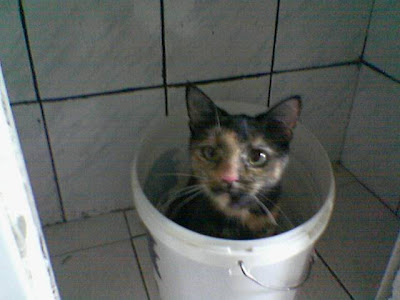Dextersmom
Well-Known Member
I know that be bottling bucket is ideal for use because you can rack into the priming solution etc. But it was just advised to me by my lhbs that they don't recomend using them due to risk of contamination.
the only other method of priming i see here is mixing the solution in the primary or secondary carboy (whichever you're using) then mixing it up, which you'll have to wait to settle again. or individually preparing the bottles.
what would you guys recomend. Especially from everything i've read even Palmers book recomends a bucket. Not sure why my lhbs would be saying not to.
input pros / cons much appreciated
Thanks
the only other method of priming i see here is mixing the solution in the primary or secondary carboy (whichever you're using) then mixing it up, which you'll have to wait to settle again. or individually preparing the bottles.
what would you guys recomend. Especially from everything i've read even Palmers book recomends a bucket. Not sure why my lhbs would be saying not to.
input pros / cons much appreciated
Thanks






